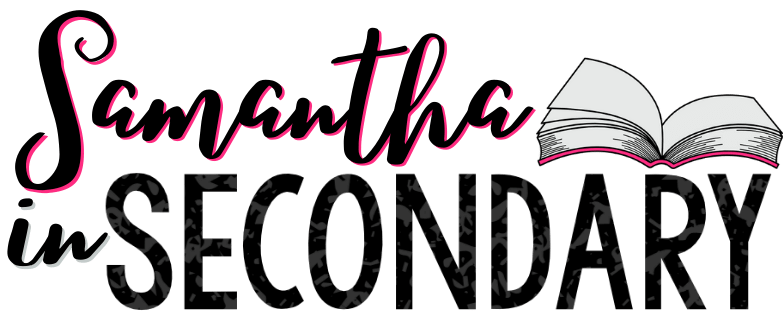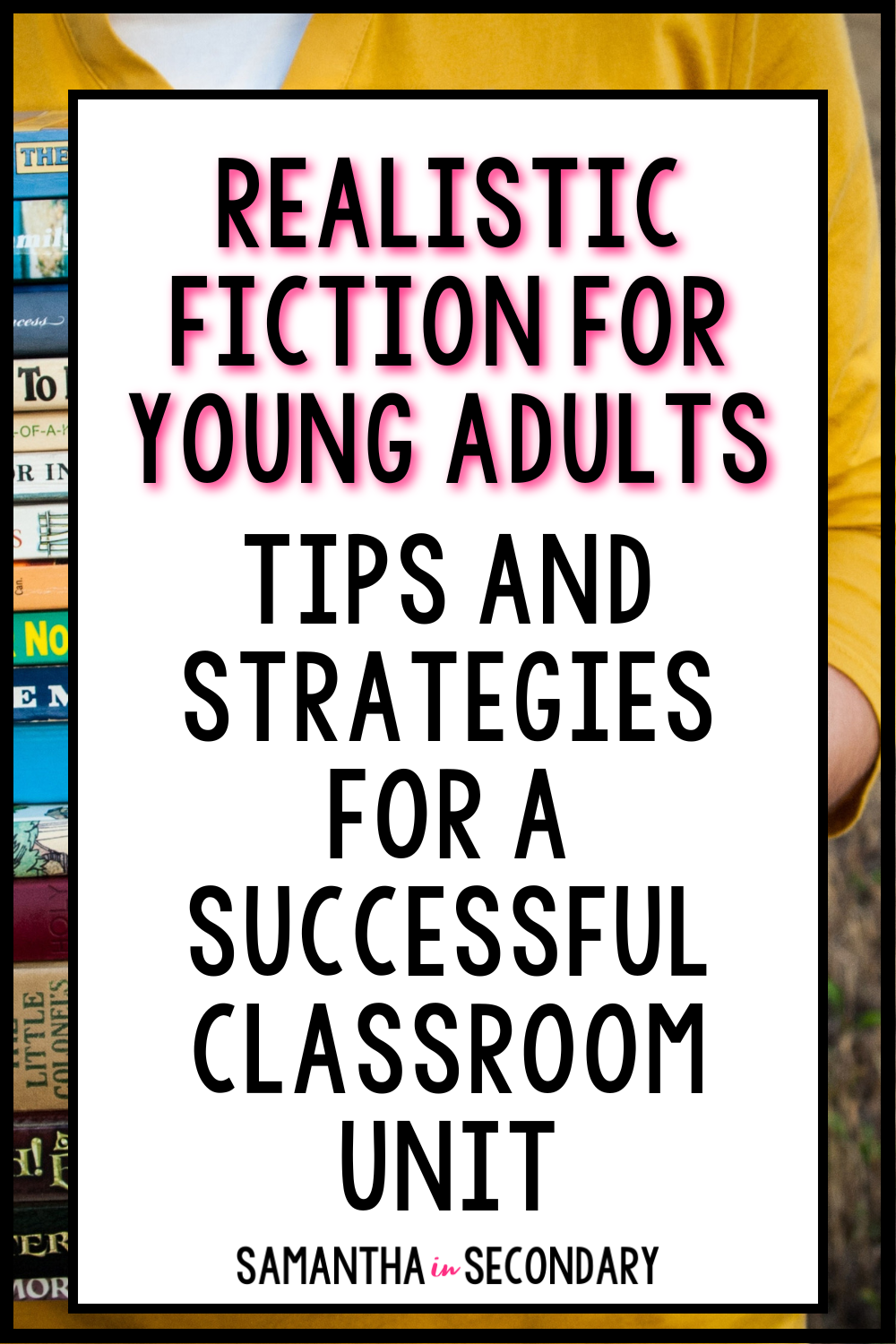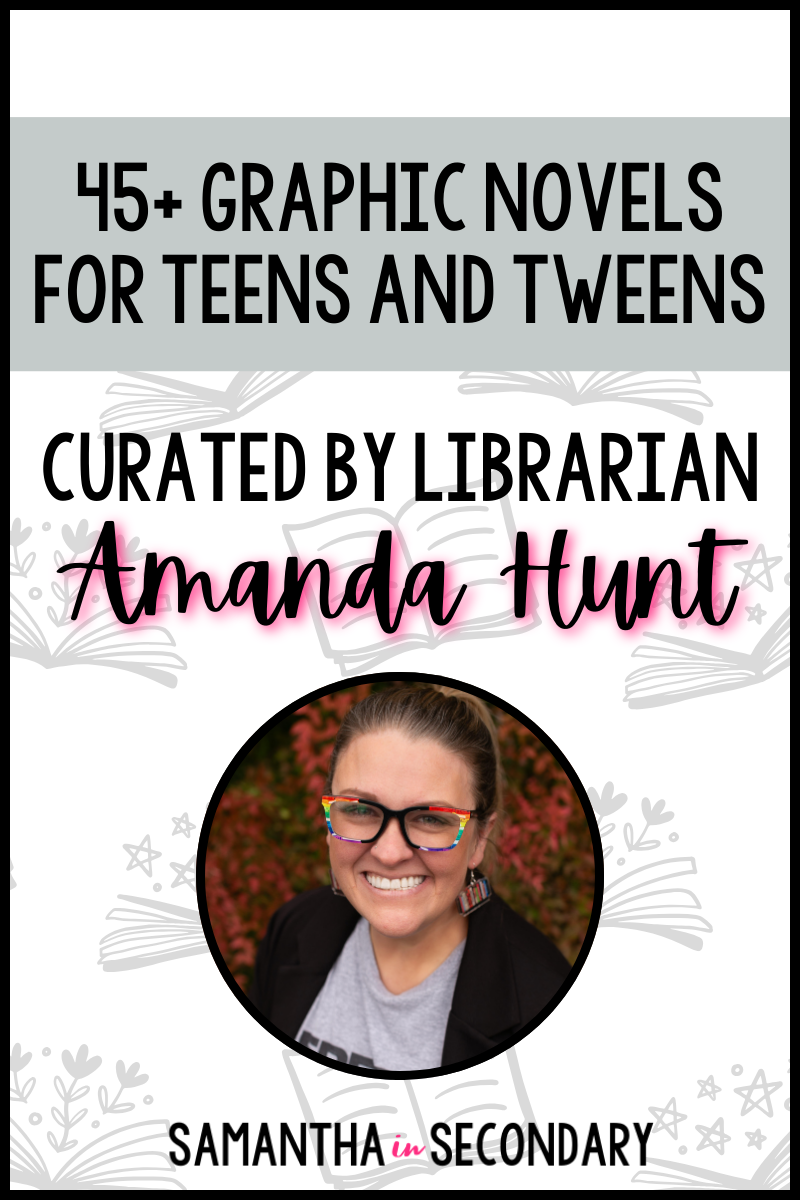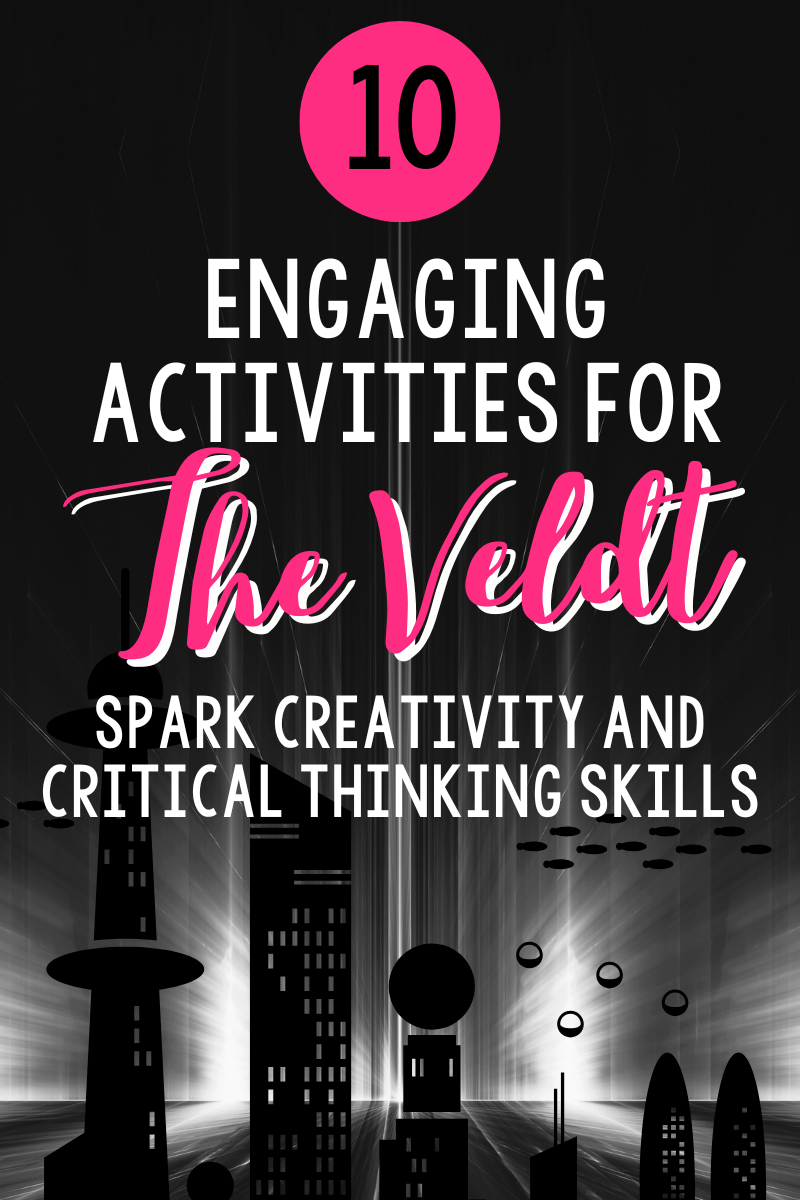Bring stability and predictability to your secondary English Language Arts classroom by establishing bellringers as part of your routine. A professor once shared a story from when she was a teacher in the late 60s. She was running 10 minutes late, and obviously had no way of calling in to let them know. She walked by the office to apologize as she went to class but they hadn’t even realized she was late. They hurried to the class to find her students doing their morning routine. She said by making such a big deal of doing the same things over and over, her students put up their bags and coats, moved their attendance cards and magnets for lunch without her needing to be there.
Now, I can’t vouch for if that is actually what happened, or if she was cooking up a nice story to emphasize the importance of clear expectations. But what I can tell you is that starting off your day with bellringers is an important part of class routine, expectations, and management. Here are some of my favorite bellringer activities for secondary ELA.
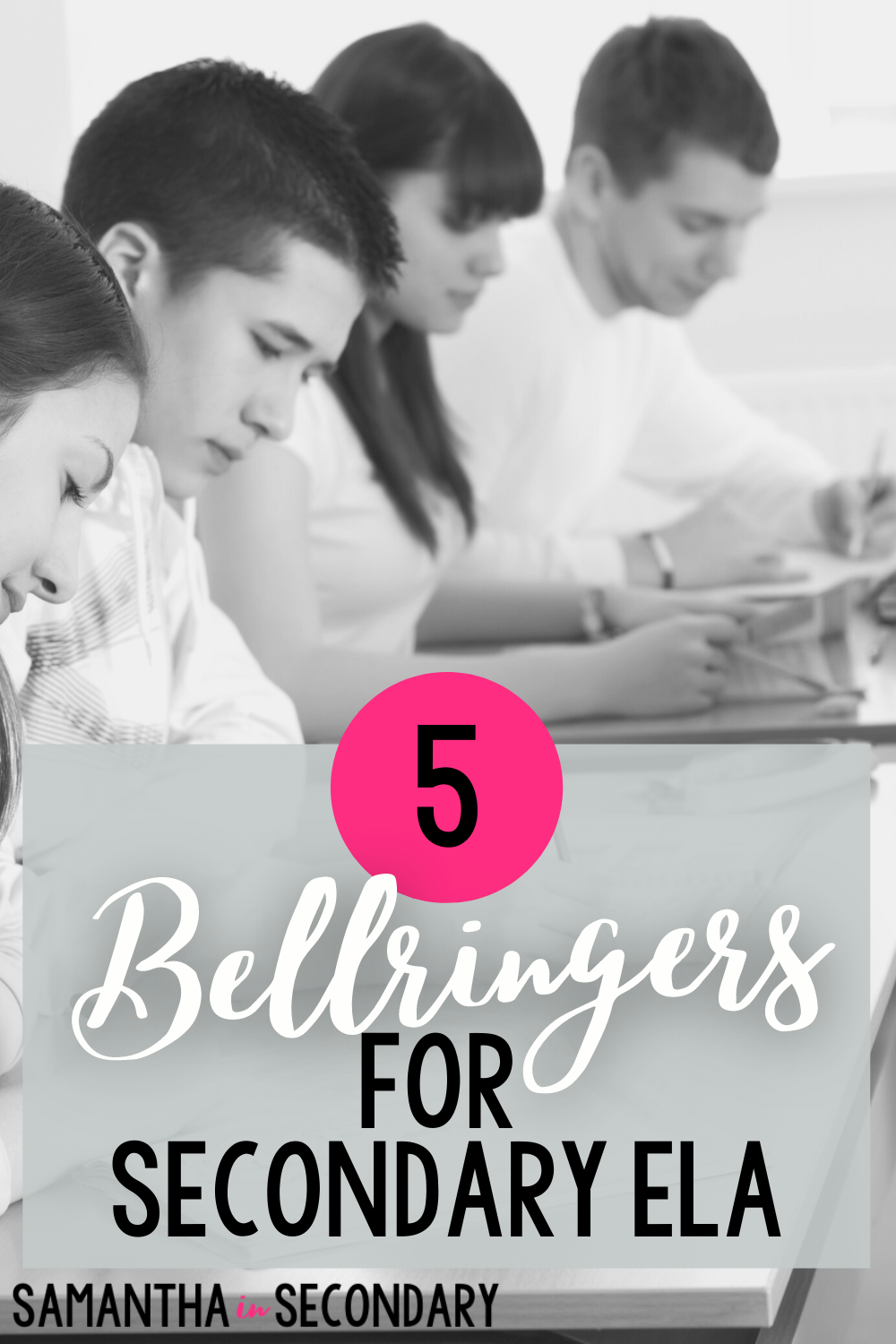
1. Attendance Questions
This is one of my favorite daily routines. Every day you post a random question and each student answers at the beginning of class to account for their presence. It’s way better than hearing “here” over and over again. I think it’s great because I have to take attendance anyway (sometimes it’s even a good reminder for me to take attendance!) and it’s a perfect opportunity to connect with my secondary students to build stronger relationships. The questions can be about anything: personal, content-related, or would-you-rathers. I love this activity so much that I created this resource with 190 attendance questions you can use with your students.
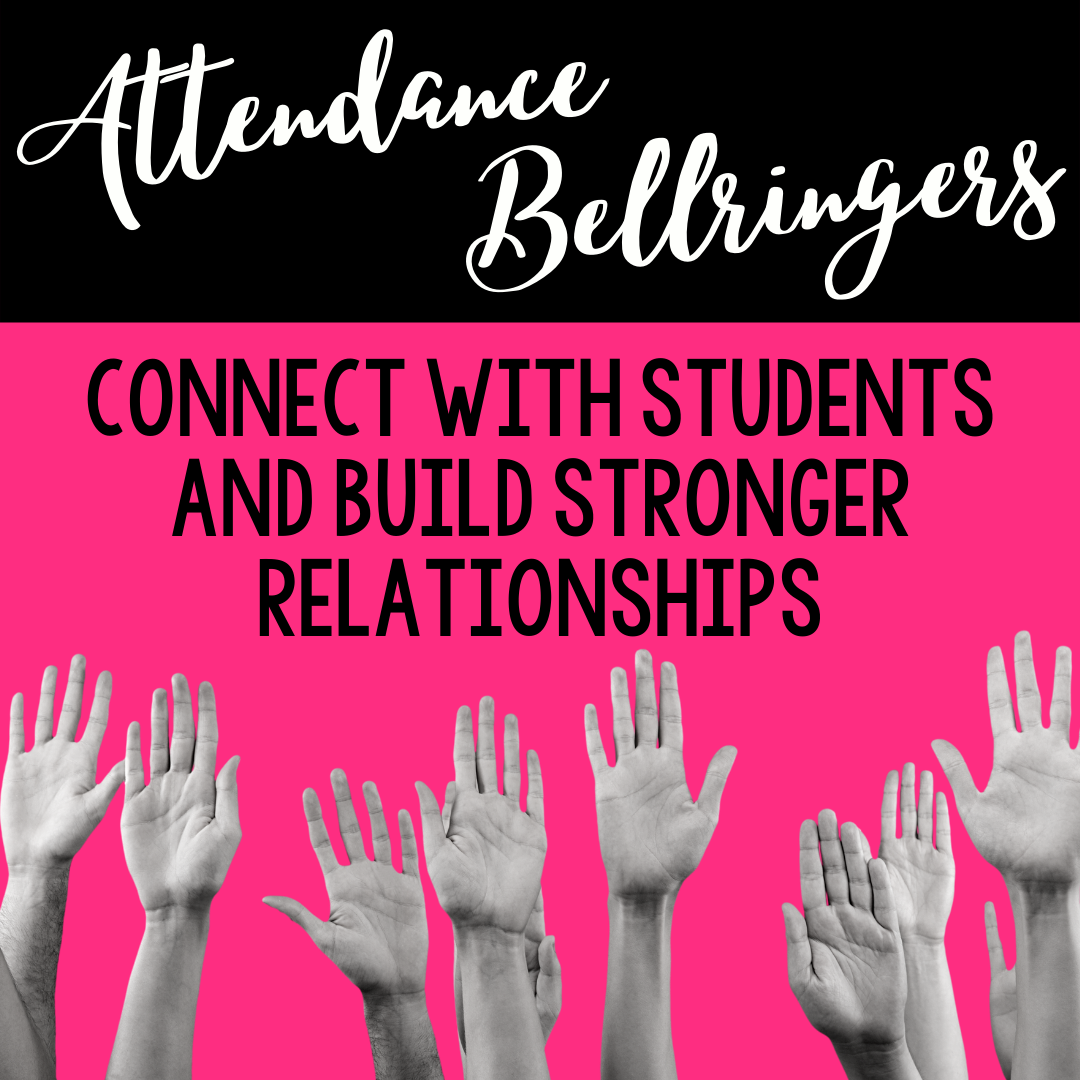
2. Vocabulary Work
Advance vocabulary acquisition by incorporating vocabulary bellringers to your class. I personally really like this approach instead of handing out vocabulary lists and having students memorize them for a test. I find that students develop a richer connection when they learn new vocab in small doses. Introduce new words with context and have students think about the definitions and application of the terms. Encourage them to use the vocabulary in their writing for that day or create a word wall of their favorites in your room.
3. Visual Writing Prompts
Like any skill or art, writing needs to be practiced. Have your students work on their writing skills by introducing visual writing prompts. Basically, you pair a writing prompt with something to look at, like art or a graphic. Rather than just words on a screen, your students can get a spark of creativity from the visuals. You can use these in a variety of ways, but by using them as bellringers, you can give your students creative practice while you take care of the start-of-class routines before getting into your lesson. I have a bundle of 100 Visual Writing Prompts here that are perfect for digital or printable use.
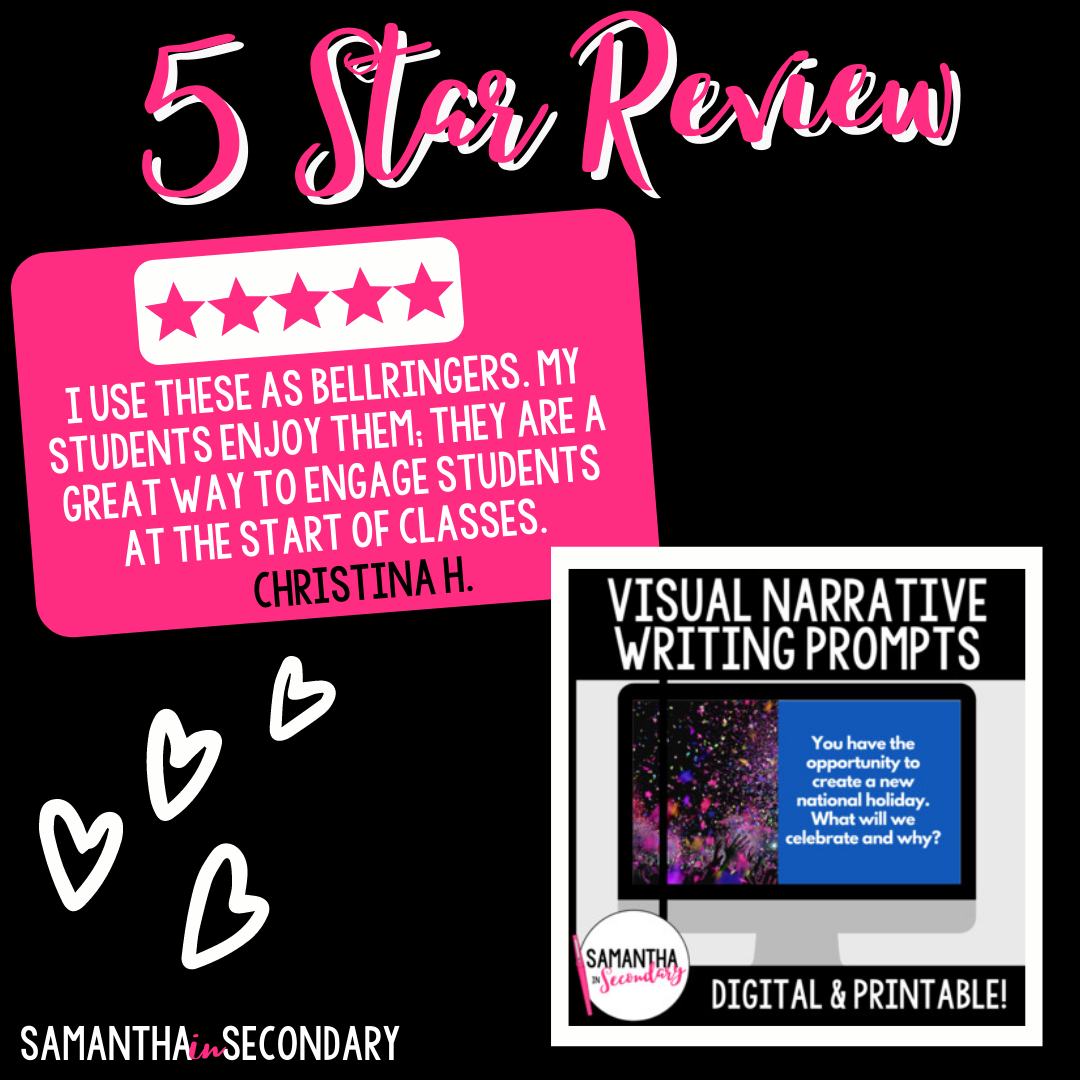
4. Reading
I’ve heard it called DEAR (Drop Everything and Read) or SSR (Sustained Silent Reading), but no matter what you call it, having your students read for 10 minutes yields enormous dividends. This routine gives you some time for attendance and getting what you need set up for class, and students can choose what they want to spend their time reading. To encourage struggling readers, stock your own classroom library with their suggestions and high-interest books or magazines to keep them motivated to stay on task. For more ideas on how to stock your own classroom library, visit my blog post here.
5. Daily Grammar Practice
Similar to vocabulary practice, have students work on their grammar skills in tidbits throughout the year, rather than focusing on comprehensive lessons they may forget later on. In addition to the typical sentence corrections, you can find real-life grammar fails to give your students a laugh. If you’re struggling to put something together for grammar practice, consider online daily grammar practice with something like IXL.com.
What bellringers have you utilized in your classroom that are big hits with students? Do you find your class runs smoother when they have activities ready for them at the start of class? Share below your favorite ideas, or continue the conversation with me on Facebook and Instagram.
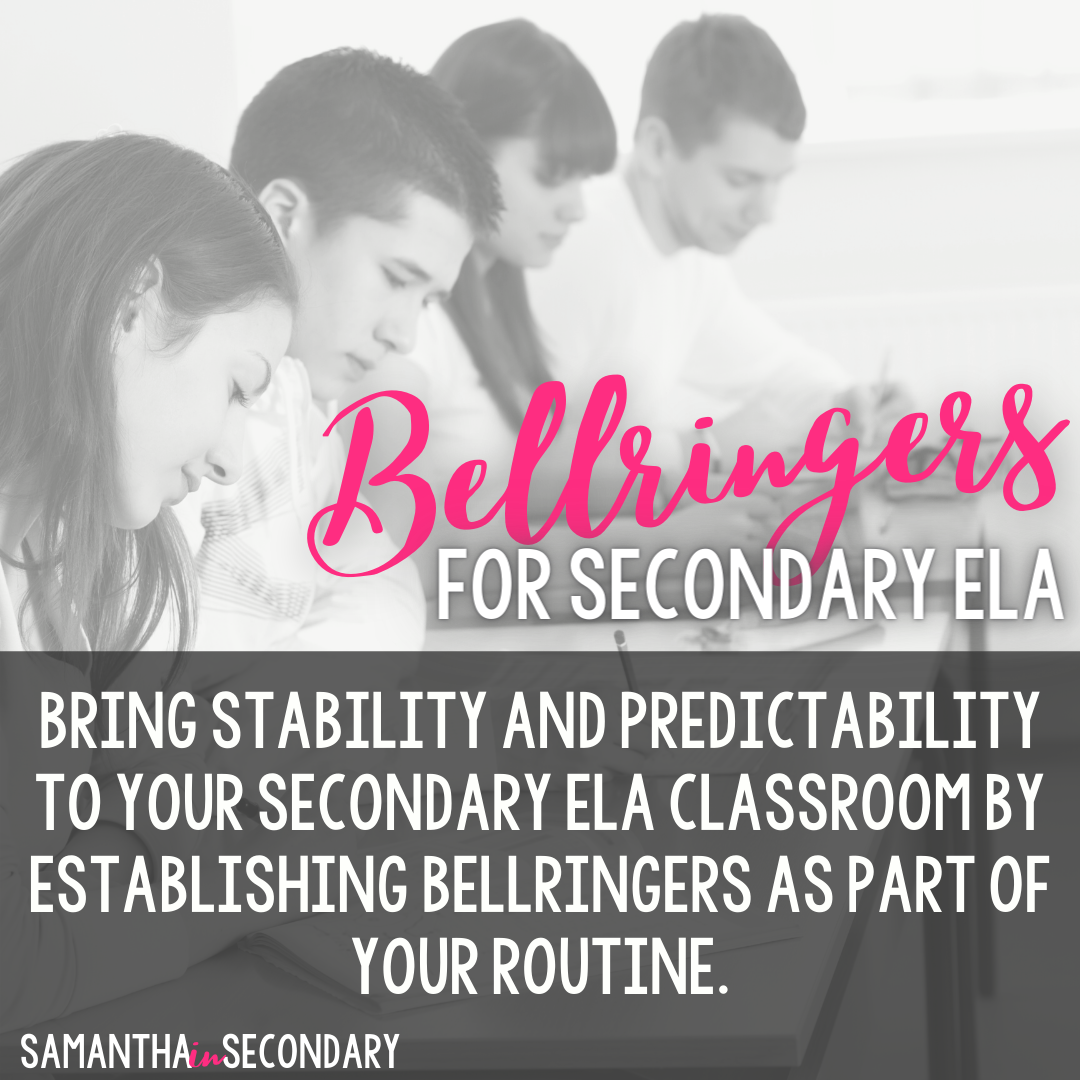
Happy teaching!




